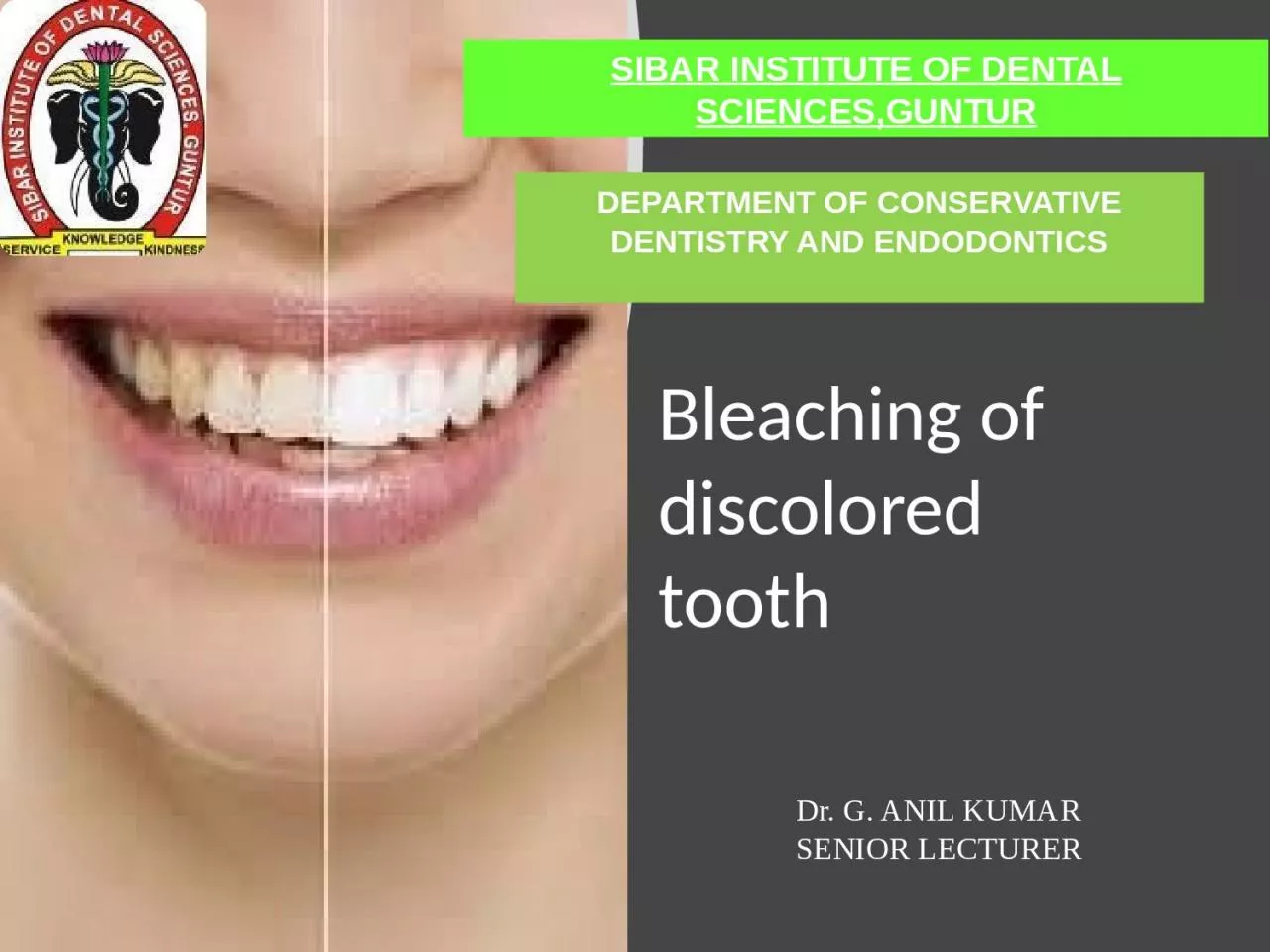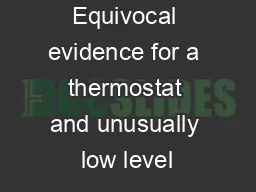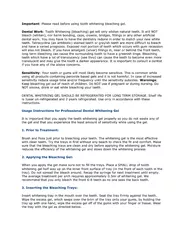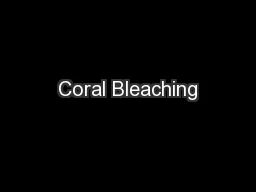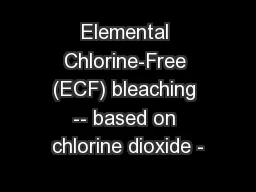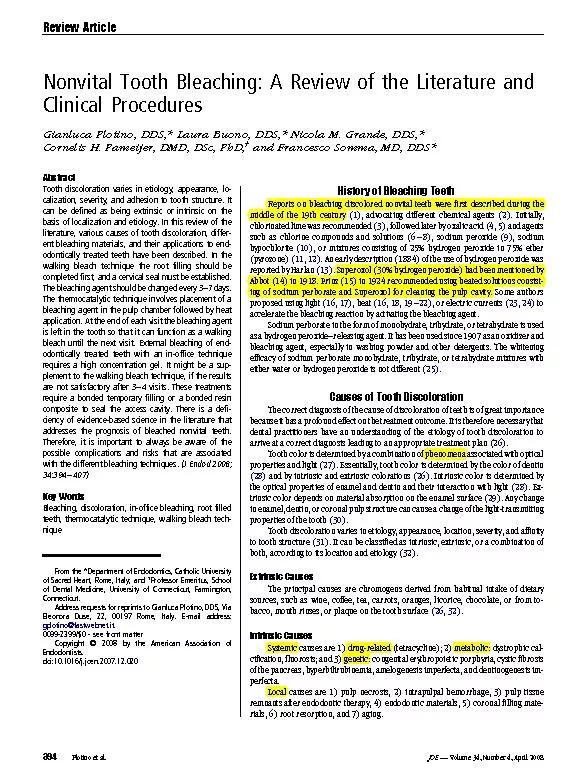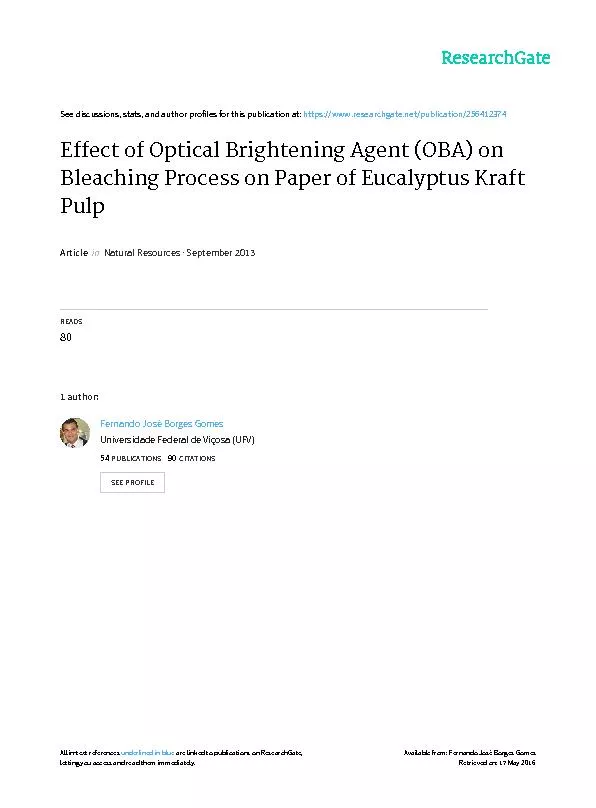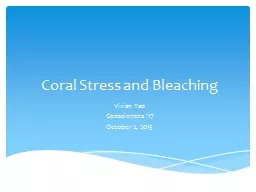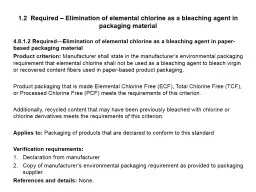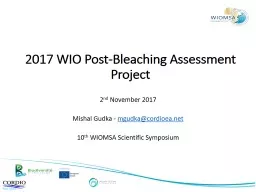PPT-Bleaching of discolored
Author : payton | Published Date : 2024-03-13
tooth SIBAR INSTITUTE OF DENTAL SCIENCESGUNTUR DEPARTMENT OF CONSERVATIVE DENTISTRY AND ENDODONTICS Dr G ANIL KUMAR SENIOR LECTURER C ontents Introduction Tooth
Presentation Embed Code
Download Presentation
Download Presentation The PPT/PDF document "Bleaching of discolored" is the property of its rightful owner. Permission is granted to download and print the materials on this website for personal, non-commercial use only, and to display it on your personal computer provided you do not modify the materials and that you retain all copyright notices contained in the materials. By downloading content from our website, you accept the terms of this agreement.
Bleaching of discolored: Transcript
Download Rules Of Document
"Bleaching of discolored"The content belongs to its owner. You may download and print it for personal use, without modification, and keep all copyright notices. By downloading, you agree to these terms.
Related Documents

